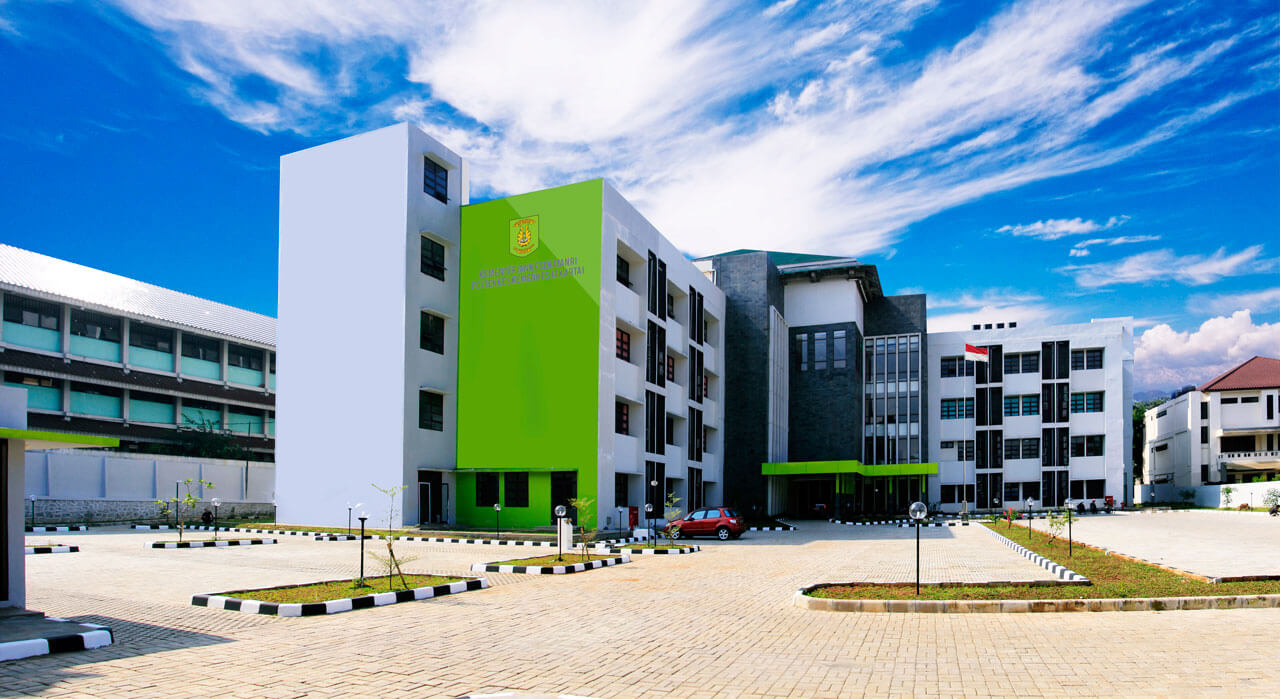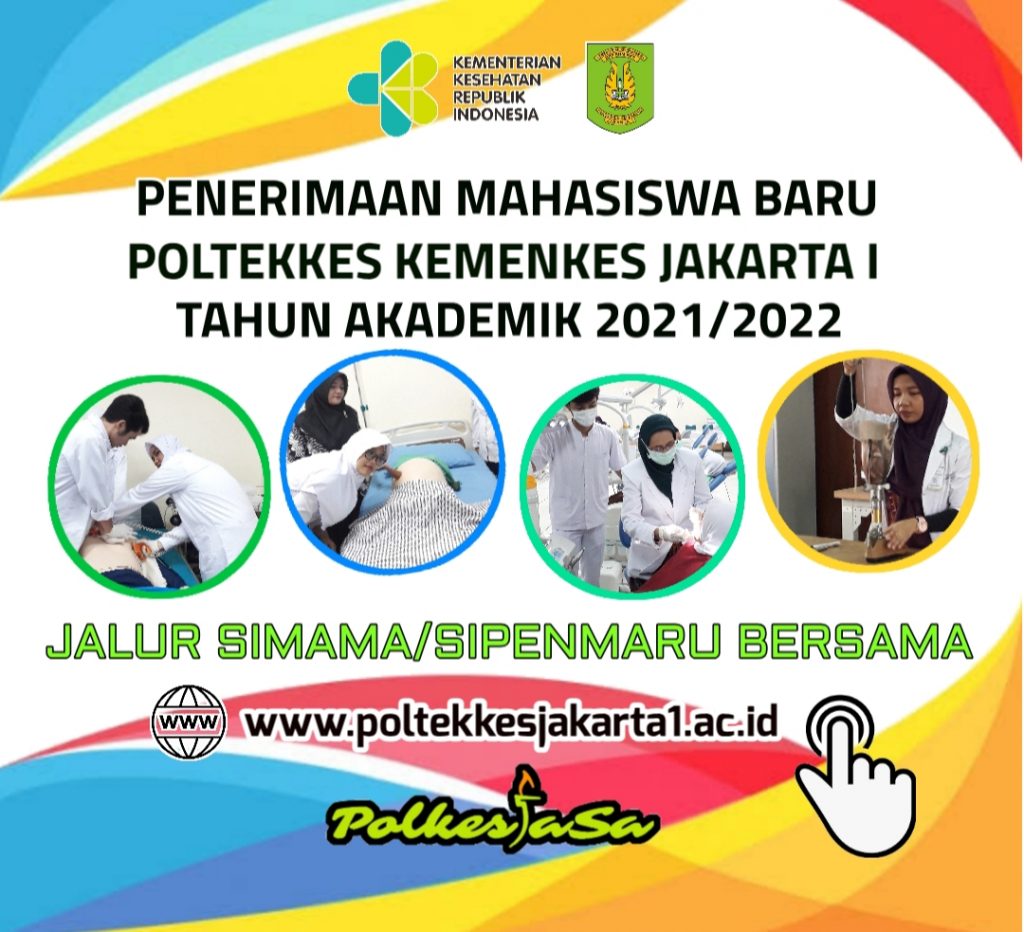
Perbedaan Risiko Terjadinya Karies Baru Pada Anak Usia 12 Tahun
By : Ita Astit Karmawati, dkk
Abstract
Children in primary school who do not have school dental health effort (UKGS program) likelihood of dental caries will be greater when compared with children of primary school who have UKGS program. The research was to see the difference the risk of new caries in children aged 12 years of primary school students with UKGS and Non UKGS in subdistrict Cilandak of South Jakarta use Kariogram program. Retrieval of data for the parameters as independent variables in Kariogram consisting of caries experience data, the effect of disease, food content, food frequency, the amount of plaque, fluoride programs, and assessment clinics were collected through oral examination and interview using a questionnaire. Dependent variable in the form of a new caries risk obtained using a computer program Kariogram. The analysis results on the relation between new caries risk within UKGS elementary and Non UKGS elementary are shown that 71.7% have a high caries risk, while at the Non UKGS elementary as much as 72.6% have a high caries risk. From the chi square test results can be concluded there was no difference in the risk of new caries between UKGS elemntary and Non UKGS elementary.
Key words: Kariogram parameters, the risk of caries, UKGS elementary, Non UKGS elementary.
( posted by. Poltekkes Jakarta 1 )




